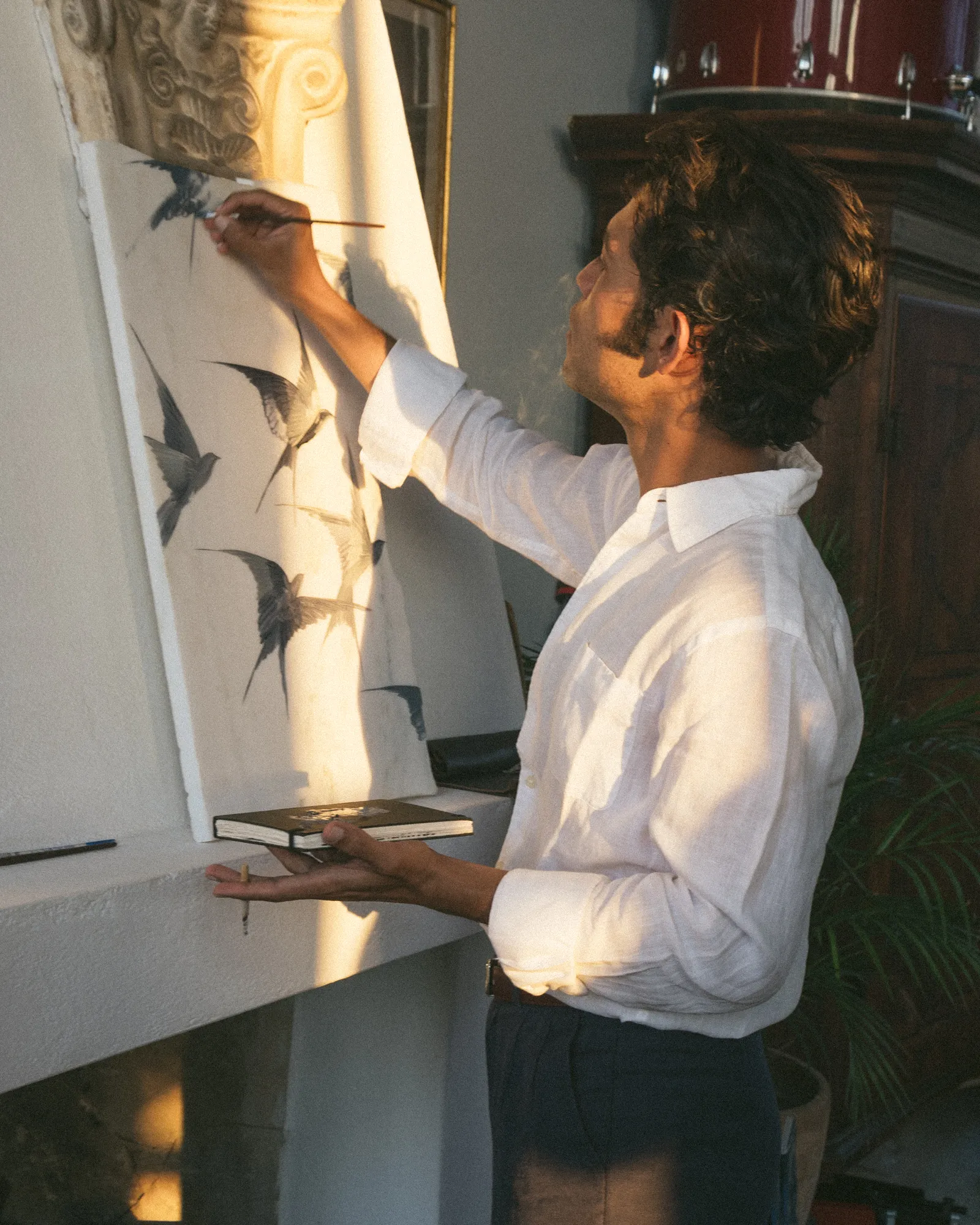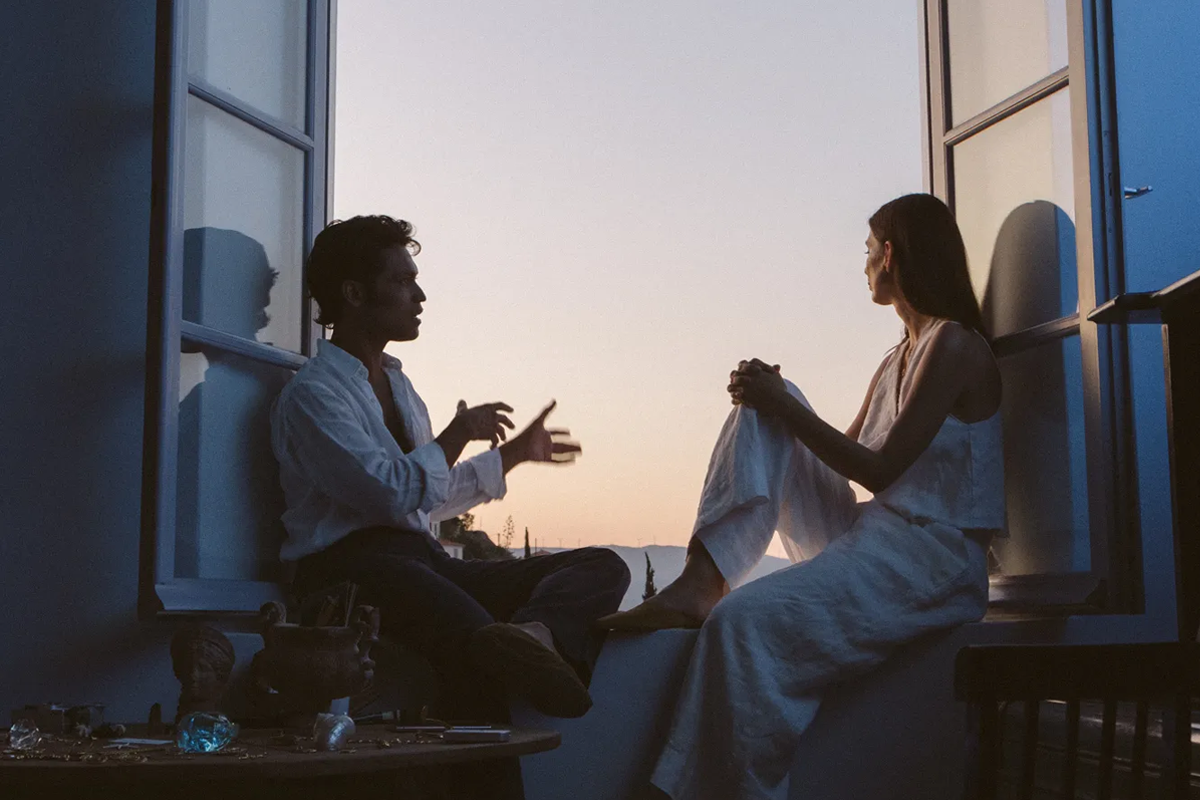Words by by Silvia Macchetto
July 3, 2025
Among Hydra's most fascinating houses is the Old Carpet Factory , a historic building constructed in the 1700s by a Venetian architect. A domestic, intimate, lived-in space, made up of rooms that open onto other rooms and staggered levels. It was a carpet factory, then a private home. Today, it lives a second life as a recording studio, residence, and exhibition space where experimental artists and musicians record tracks amid stone vaults and natural resonances. The sound is embodied by Stephan Colloredo-Mansfeld, music producer and owner: "This place isn't just a studio: it's a lifestyle. I program by instinct, what resonates with the space, with the island, with the moment." For five years, Ekaterina Juskowski, founder of Mnemosyne Projects, has directed the artist residency. "Hydra's magnetism lies in its paradox: it is simultaneously remote and cosmopolitan. Hydra challenges artists to respond to the place," explains Ekaterina. "The idea is to record, archive, and preserve cultural phenomena and practices that are disappearing or neglected." Projects emerge from residencies. The carpet is memory. Warp of Time —an exhibition and book—plays on the meaning of "warp" and "warping of time." Indeed, carpets were once woven by men. In 2024, a series of carpets was produced with artist Helen Martin in collaboration with Gagosian, exhibited in dialogue with ancient rugs woven in the house. This year, a collectible vinyl record, Hydra: Island in the Sound , was produced and presented, featuring sound impressions created by Angela Tisner. "It started with a question from the Spanish artist and ethnomusicologist who was researching the sacred and profane dimensions of music," Juskowski explains. "I told her you don't hear much music in Hydra. If you walk around, it's just silence. The only music is during weddings." Among field recordings, voices, and sounds of the island, the singing of the only remaining Orthodox nun, Efthimia (good spirit), stands out, singing a hymn in ancient Greek dedicated to the Archangel Gabriel. The album is available for streaming online. The project is structured like a clock, a cycle of daily life on the island. The cover was commissioned from Holly Bjorklund: the visual inspiration is a beautiful 19th-century embroidery in the Hydra museum, imagining the island at the center of the universe.

